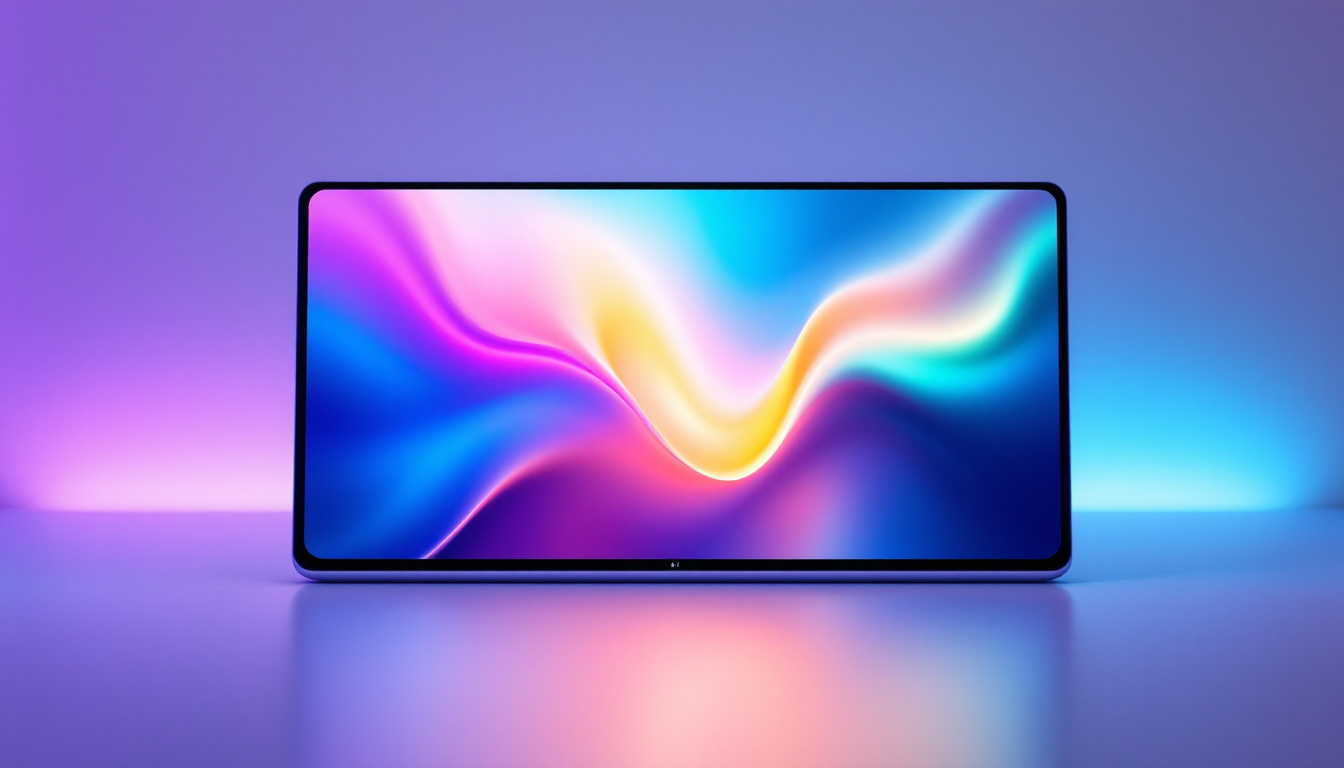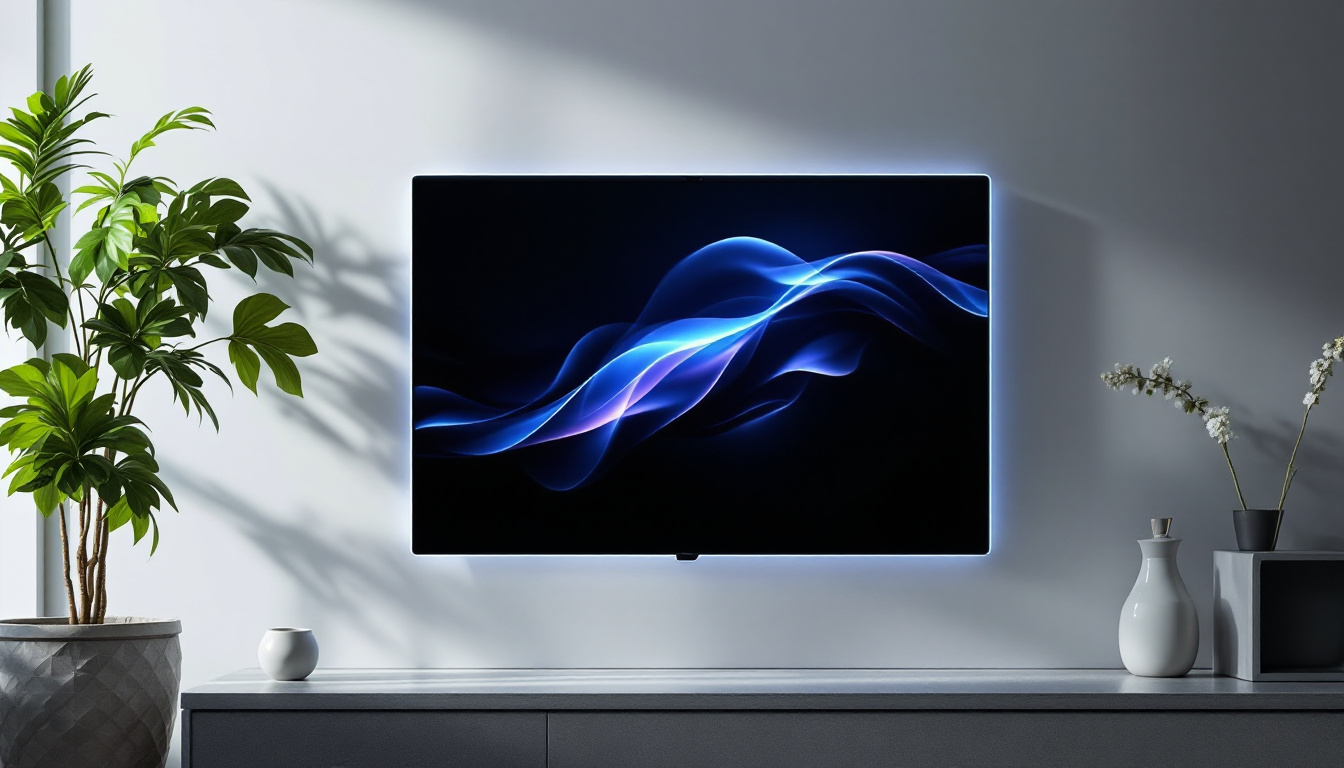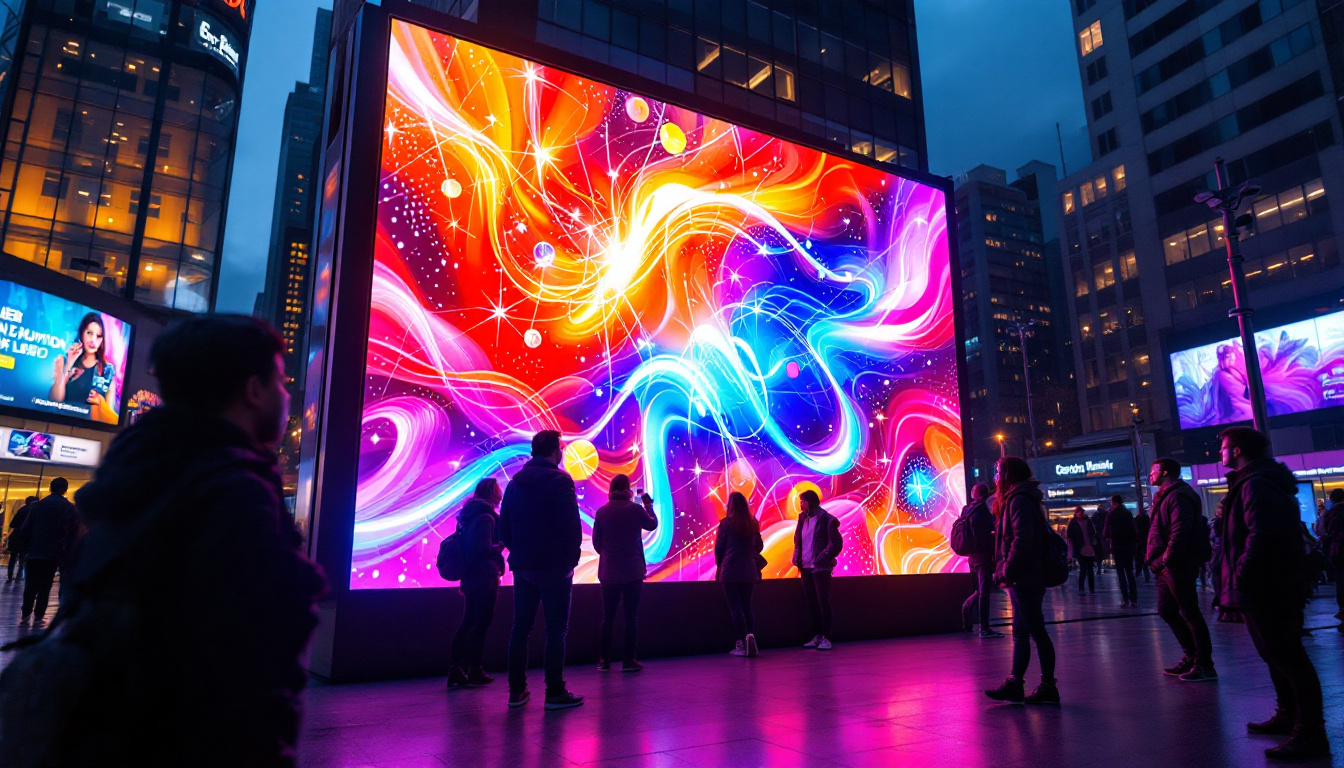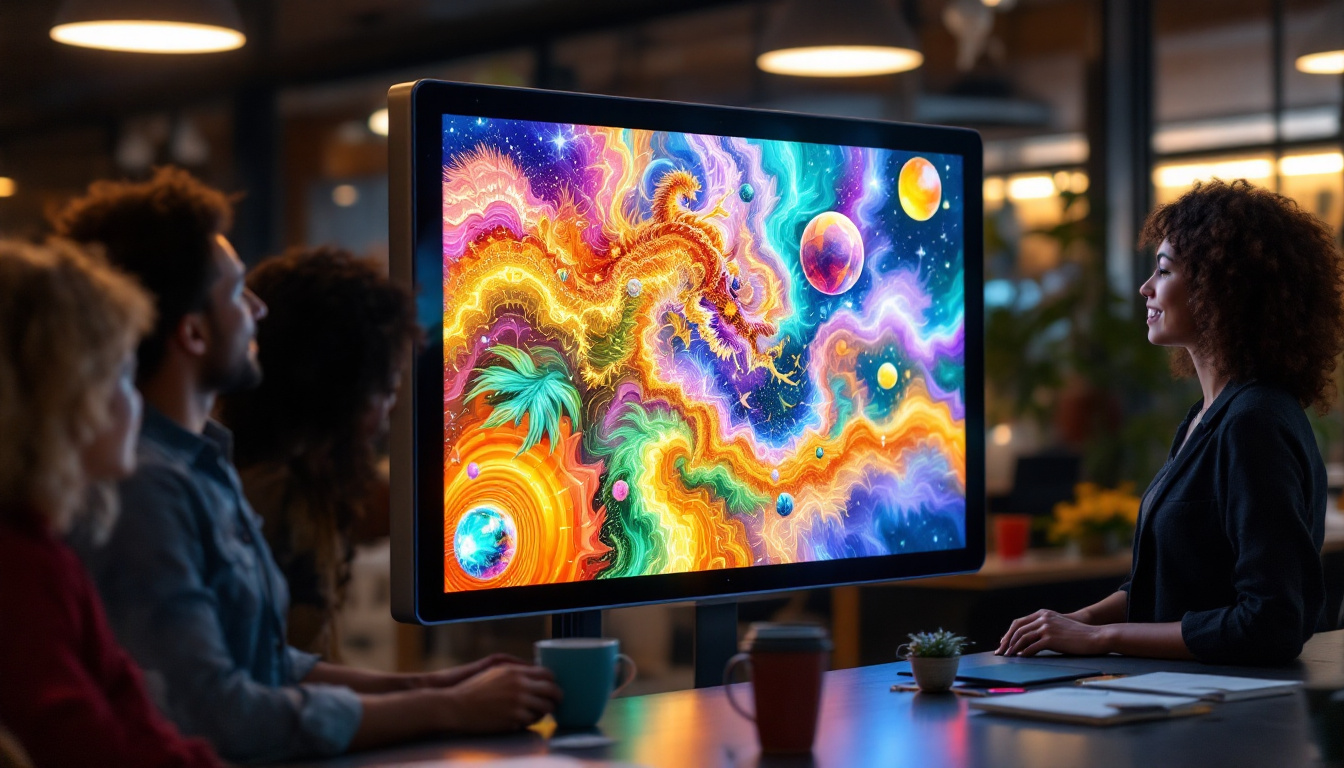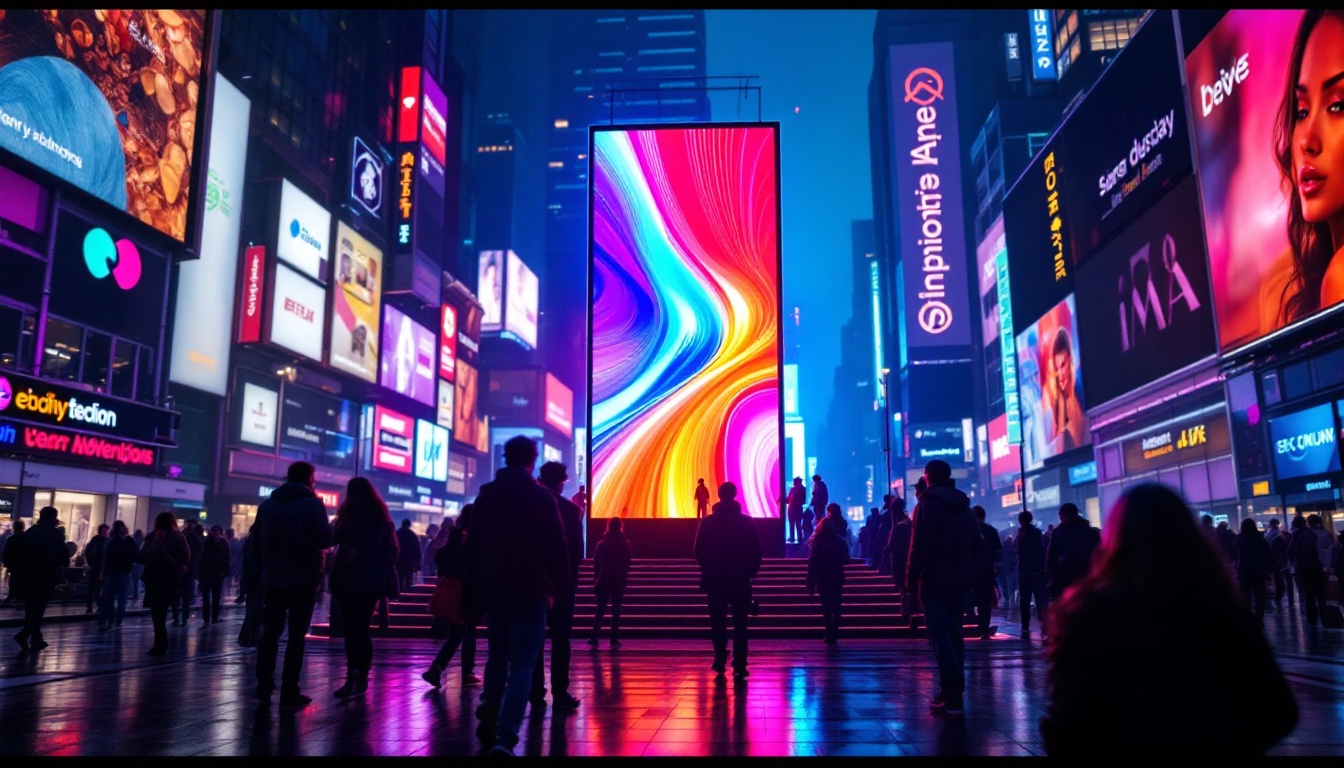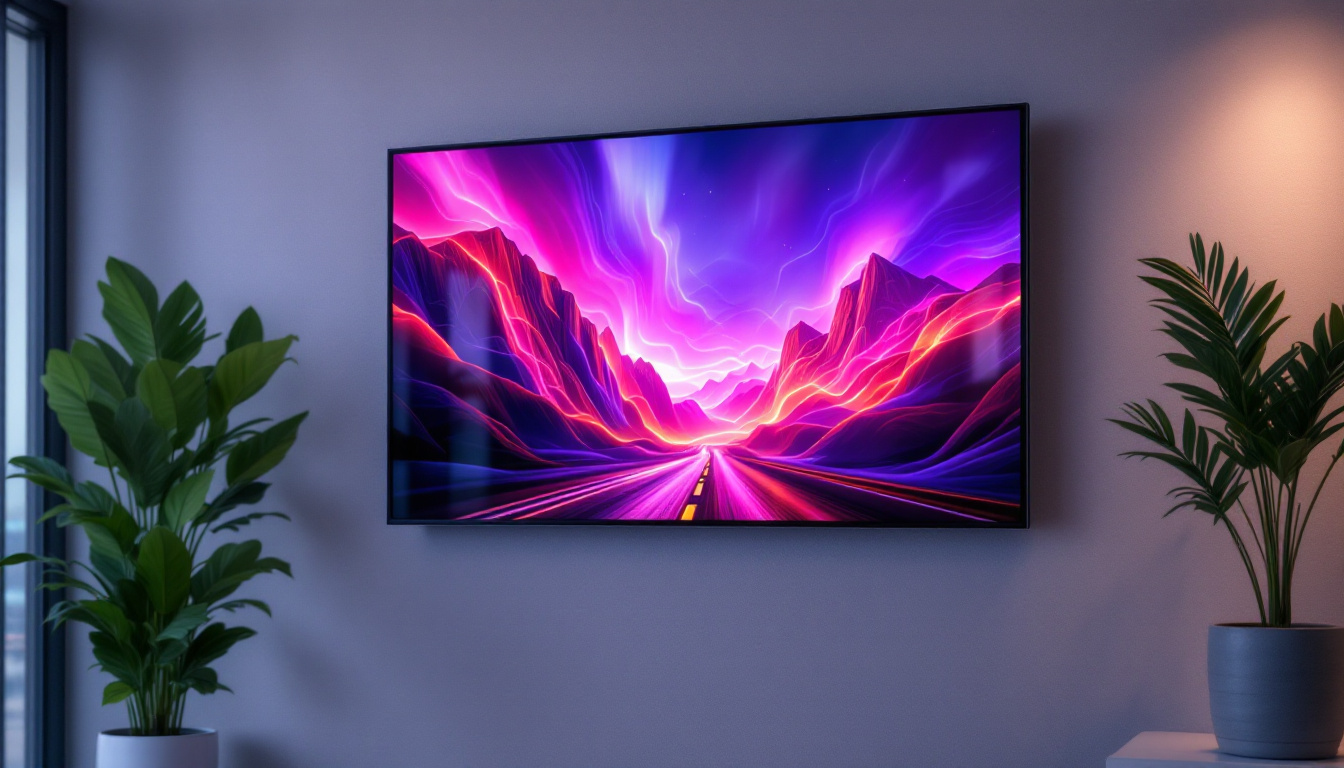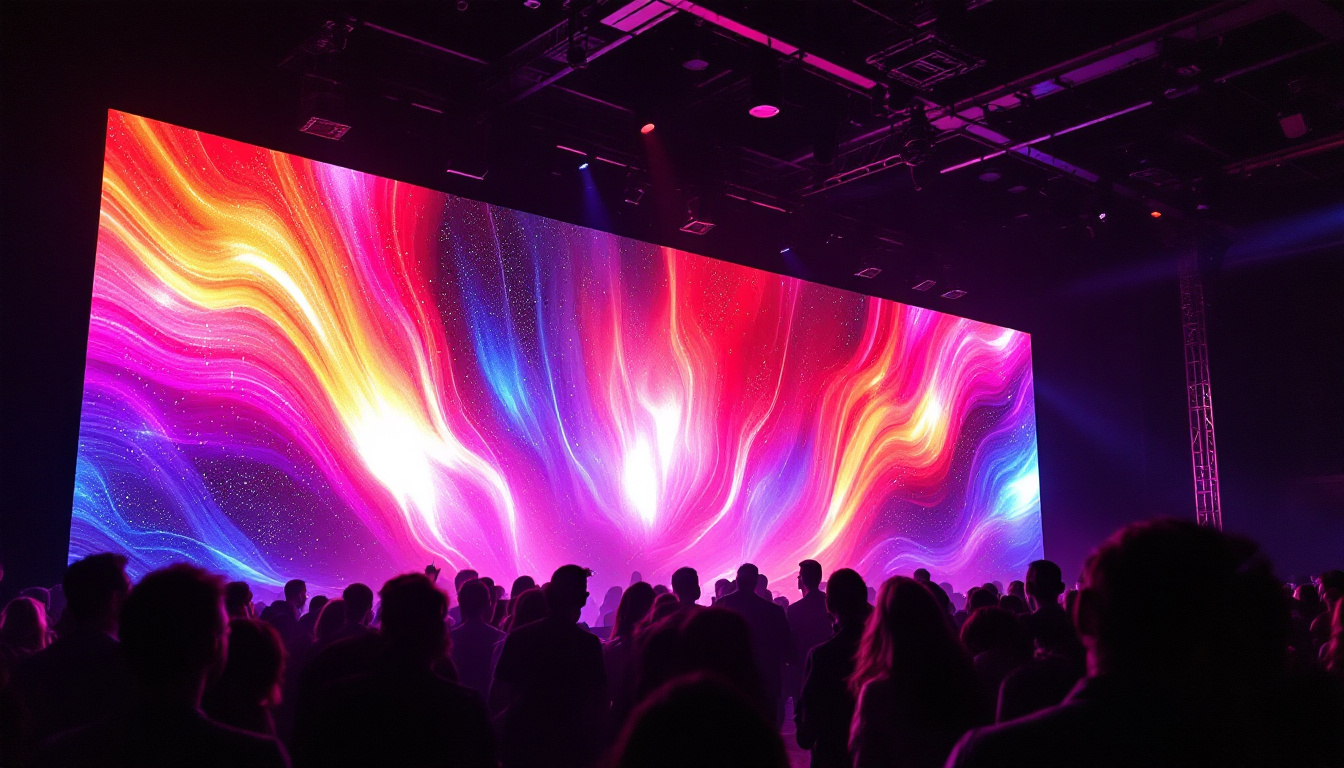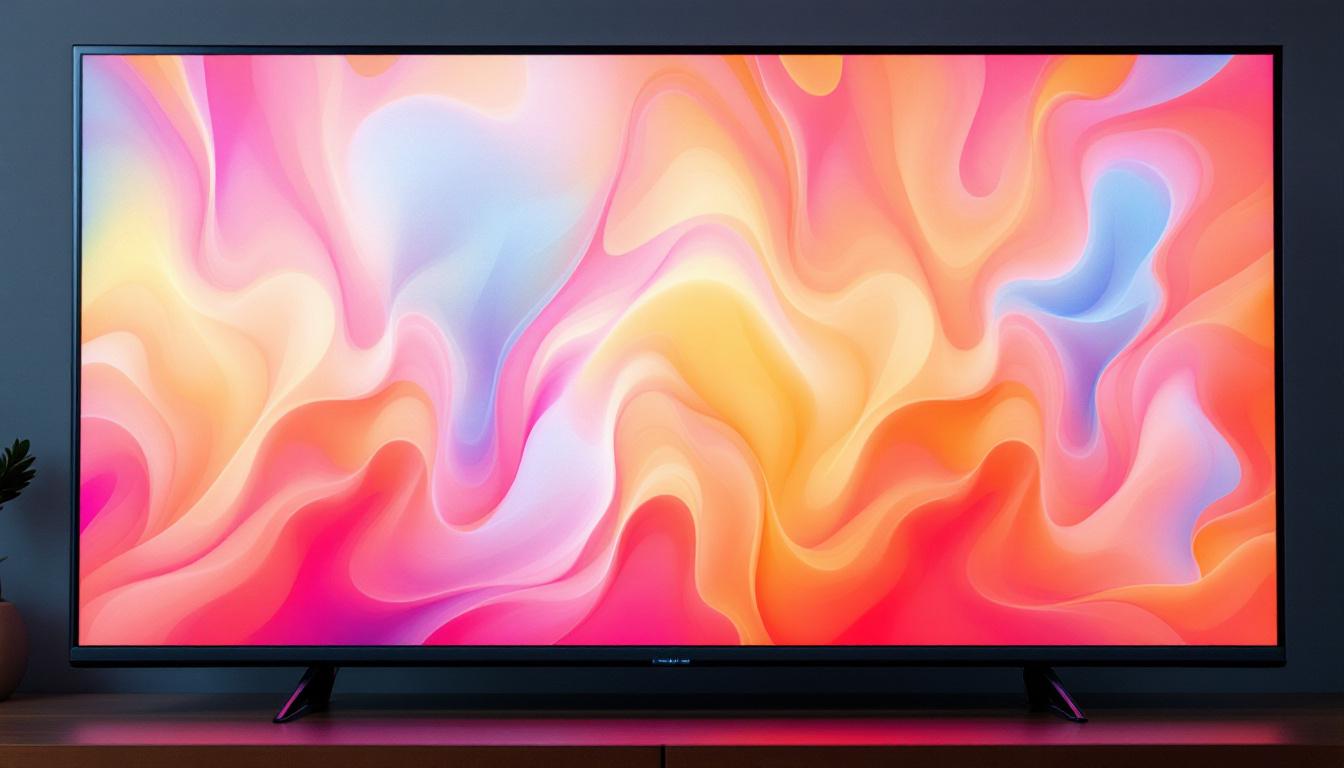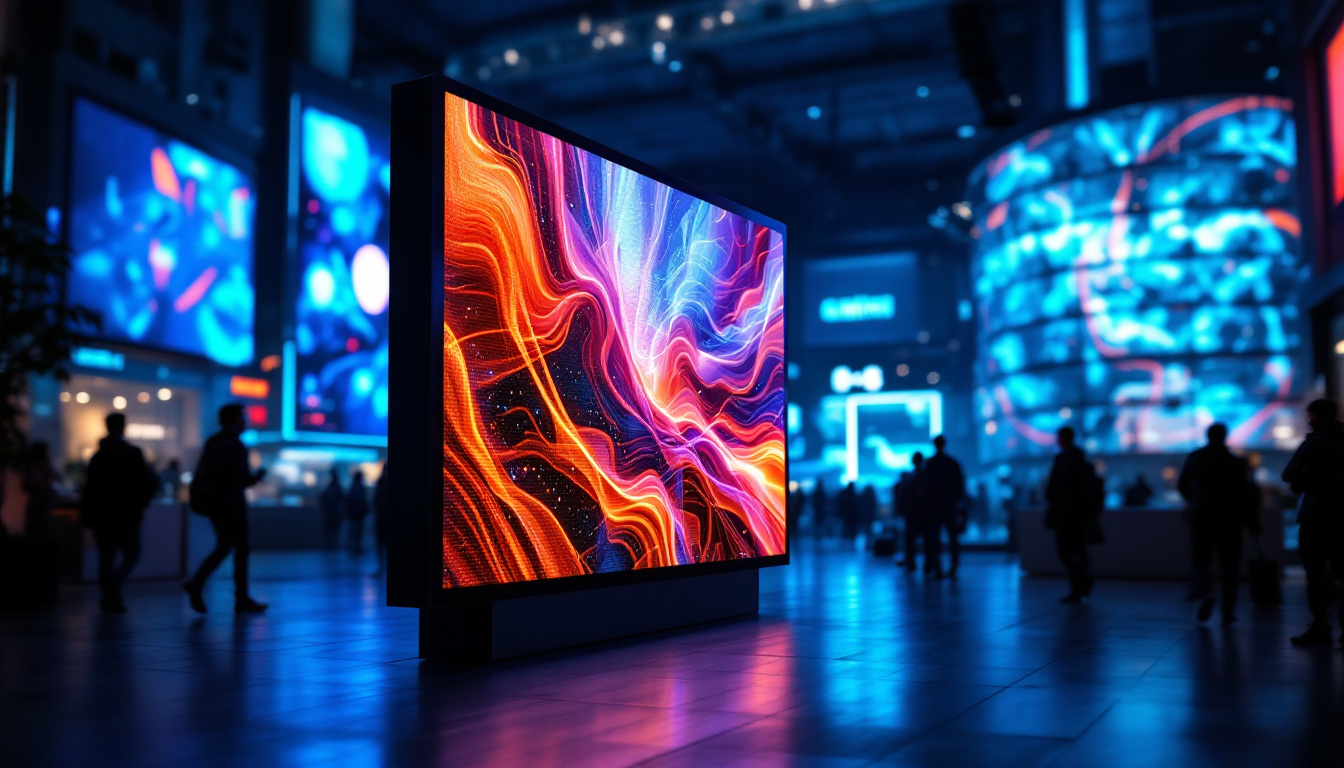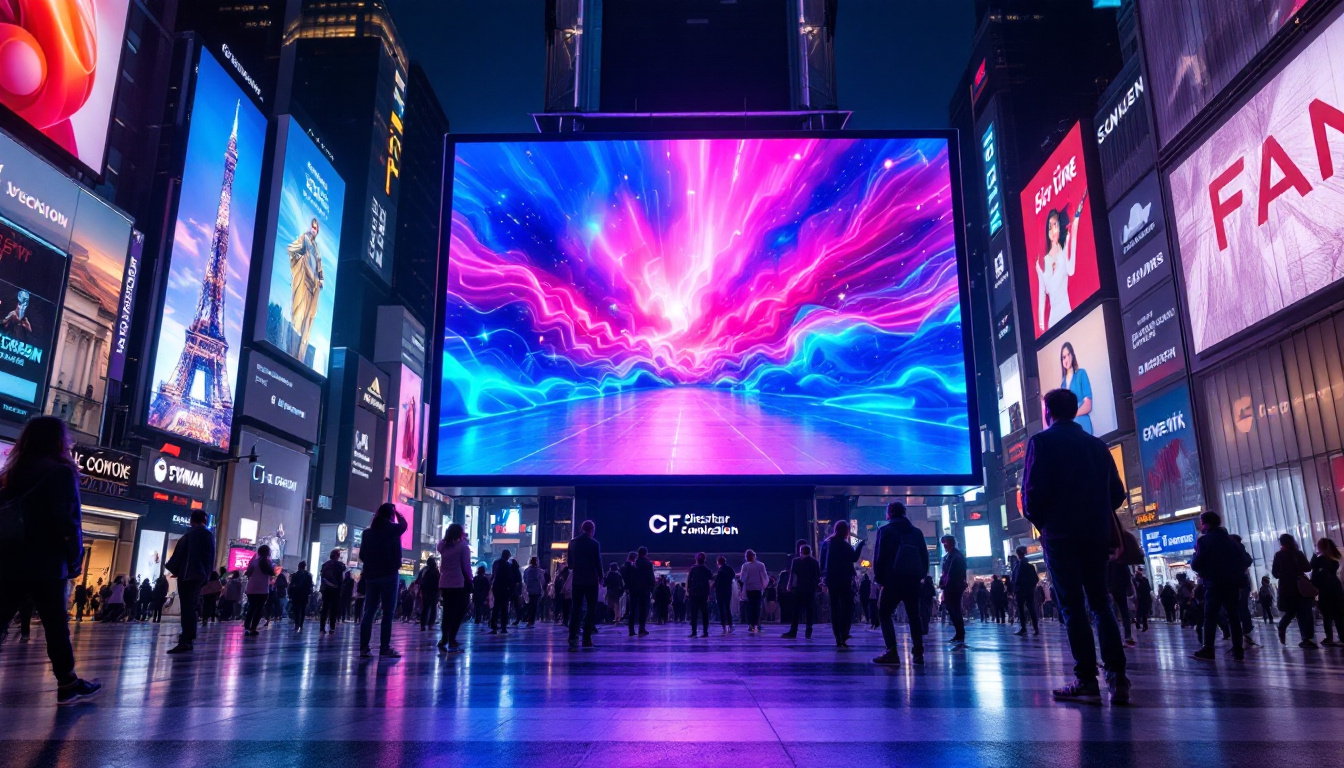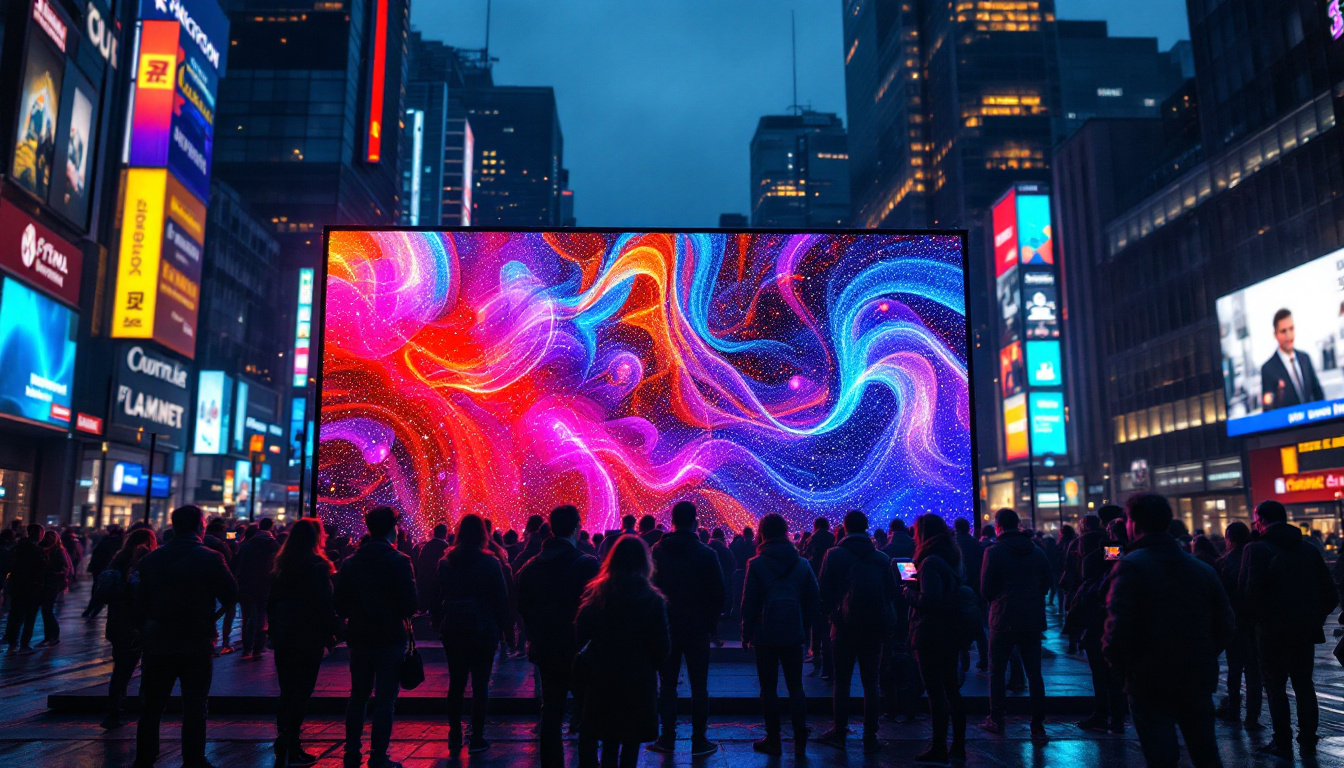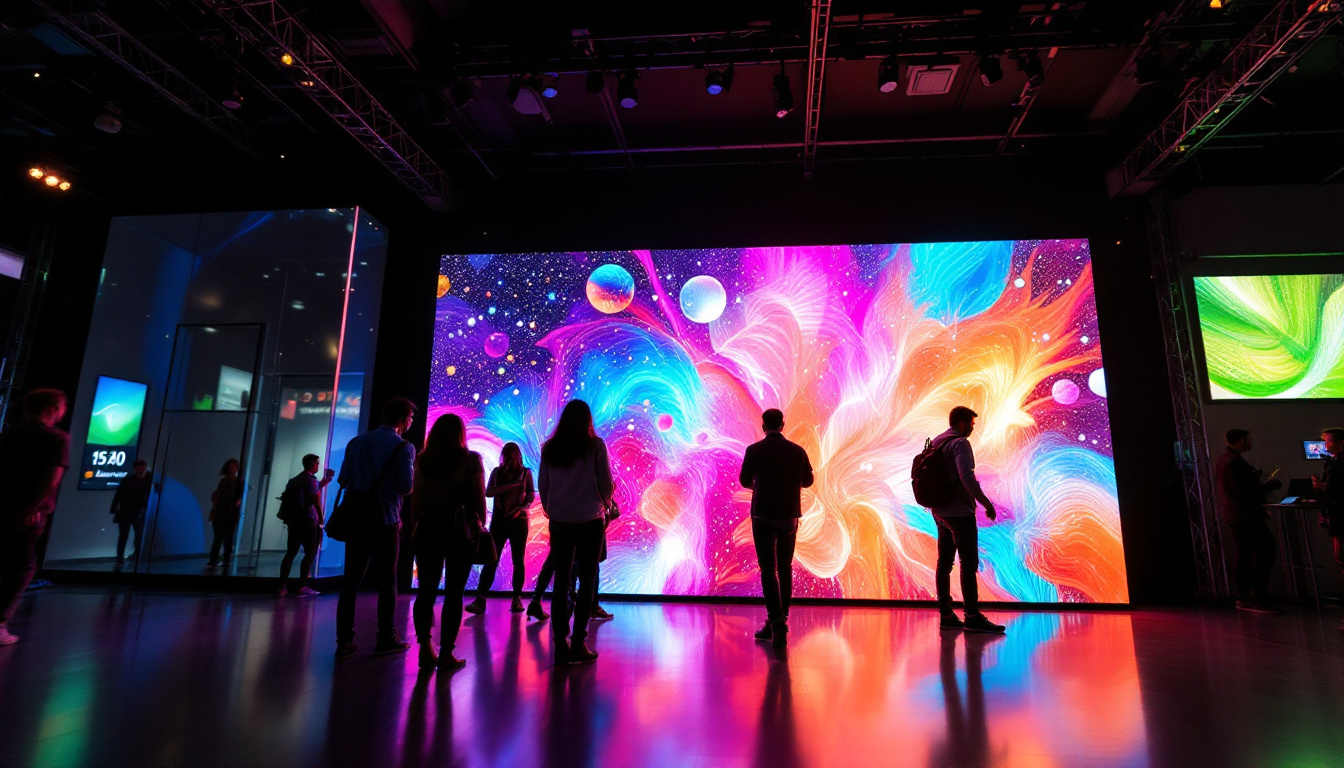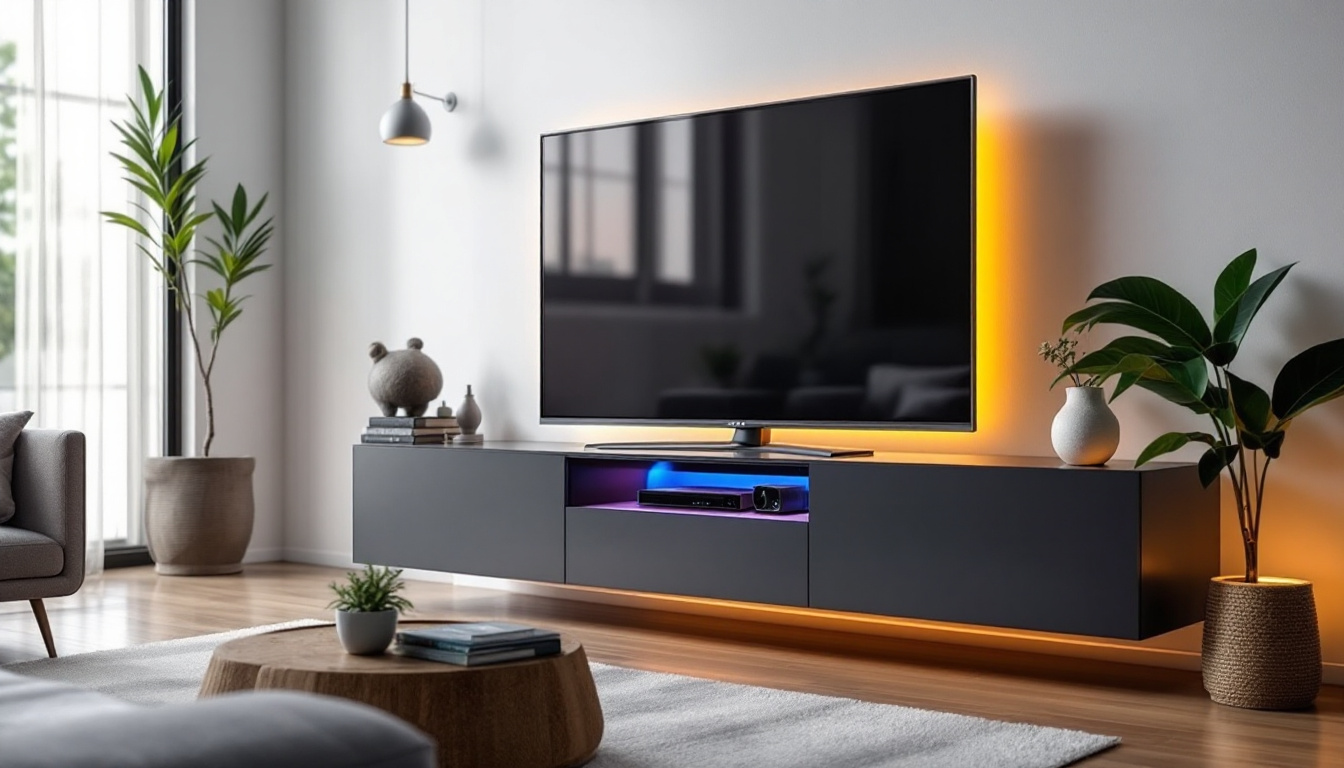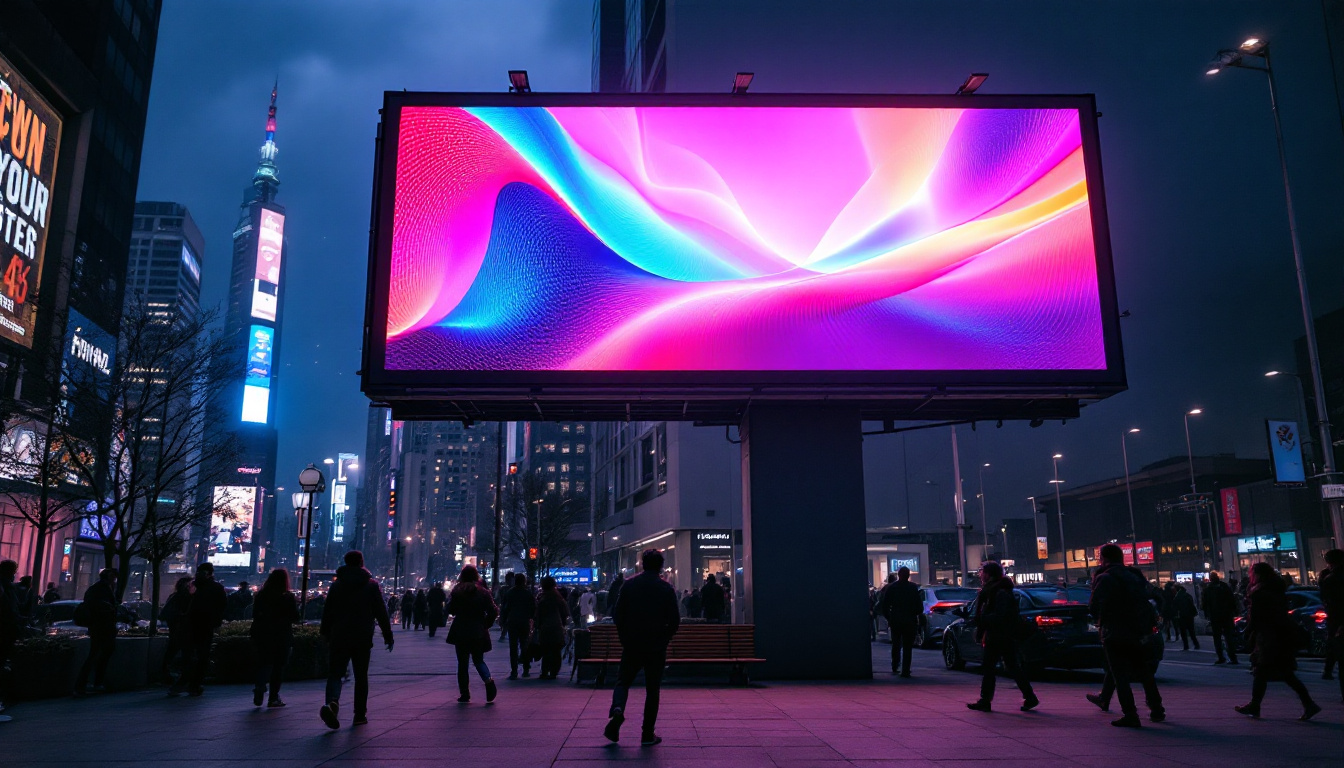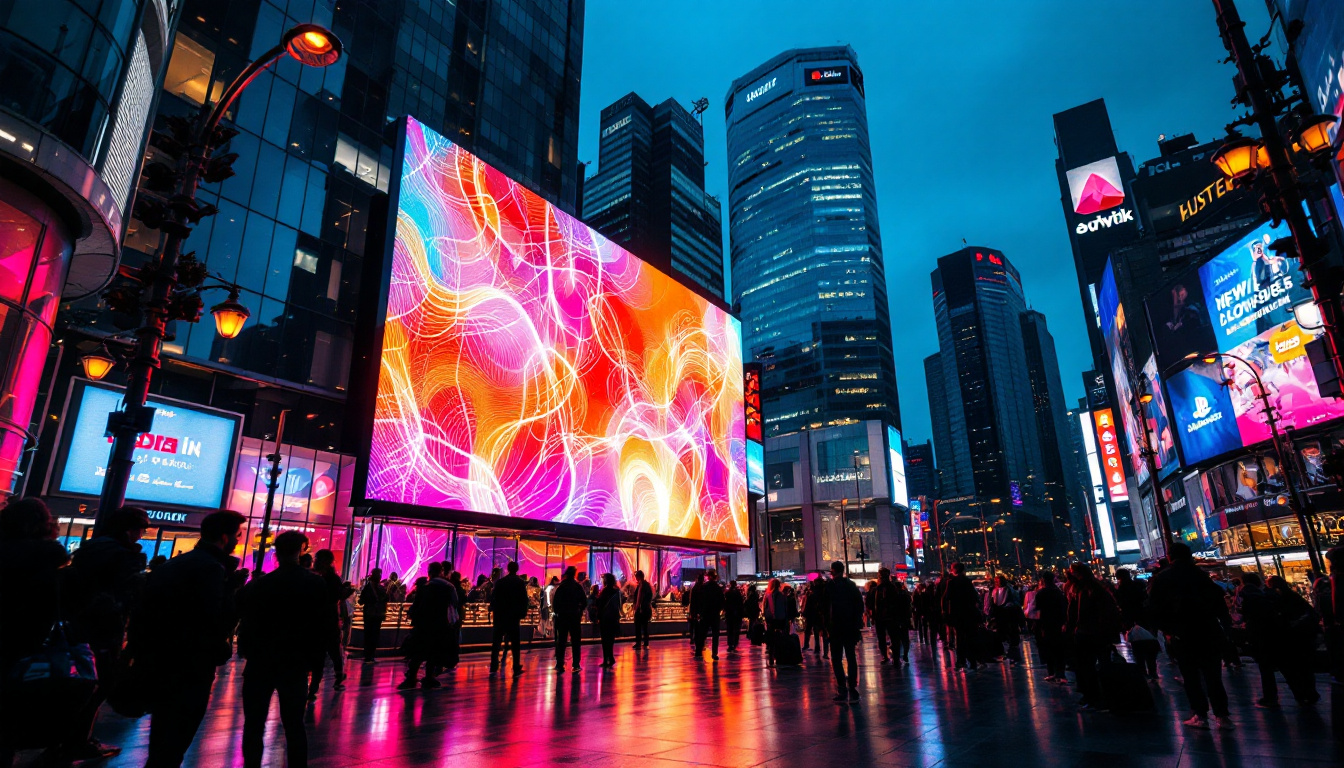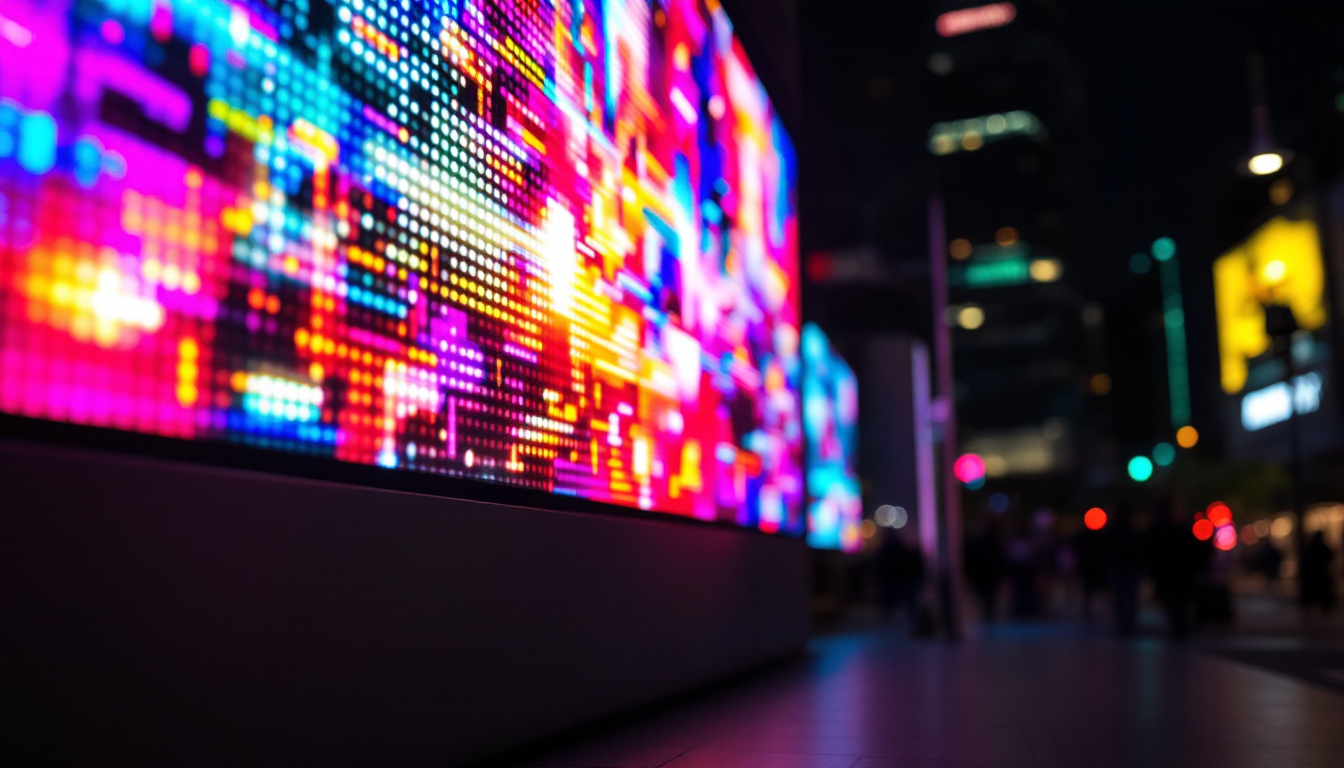Clear OLED Screen: LED Display Explained
The world of display technology has evolved dramatically over the past few decades, with innovations that have transformed how we interact with screens. Among these advancements, OLED (Organic Light Emitting Diode) technology stands out for its exceptional clarity, color richness, and energy efficiency. This article delves into the intricacies of OLED screens, comparing them with traditional LED displays, and exploring their applications across various sectors.
Understanding OLED Technology
OLED technology utilizes organic compounds that emit light when an electric current is applied. Unlike traditional LED displays, which require a backlight, OLED screens are made up of individual pixels that produce their own light. This fundamental difference leads to several advantages, including deeper blacks, higher contrast ratios, and improved viewing angles. The result is a more immersive viewing experience, as colors appear more vibrant and images more lifelike, making OLED displays particularly appealing for high-definition content consumption.
How OLED Works
At the core of OLED technology are organic materials that emit light when energized. These materials are sandwiched between two electrodes, typically made of transparent conductive materials. When electricity flows through these layers, the organic compounds emit light, creating vibrant images. Each pixel can be turned on or off independently, allowing for true black levels and a wider color gamut. This capability is especially beneficial for high dynamic range (HDR) content, where the contrast between the darkest and lightest parts of an image is crucial for visual impact.
This self-emissive nature of OLEDs means that they can achieve perfect black by turning off individual pixels, resulting in stunning contrast ratios that are difficult to match with traditional LED displays. The absence of a backlight also allows for thinner and more flexible screen designs, paving the way for innovative applications in various industries. For instance, OLED technology is being explored for use in wearable devices and curved screens, which can adapt to different environments and user preferences, enhancing both functionality and aesthetics.
Advantages of OLED Displays
OLED displays offer numerous benefits that make them increasingly popular in consumer electronics. One of the most significant advantages is their superior color accuracy. With the ability to produce a wider range of colors and more vibrant hues, OLED screens are ideal for applications where color fidelity is paramount, such as graphic design and photography. This precision in color reproduction allows artists and designers to work with confidence, knowing that what they see on the screen closely matches the final output.
Additionally, OLED technology is known for its energy efficiency. Since individual pixels emit light, power consumption can be lower when displaying darker images compared to traditional LED displays, which always use a backlight. This efficiency translates to longer battery life in portable devices, making OLED a preferred choice for smartphones and laptops. Furthermore, the rapid response times of OLED panels contribute to smoother motion rendering, making them particularly advantageous for gaming and fast-paced video content. As manufacturers continue to innovate, we can expect to see even more enhancements in OLED technology, including improved lifespan and reduced susceptibility to burn-in, further solidifying its position in the market.
Comparing OLED and LED Displays
While OLED technology has garnered significant attention, it is essential to understand how it stacks up against traditional LED displays. LED displays, which use liquid crystal display (LCD) technology combined with LED backlighting, have been the standard for many years. Each technology has its strengths and weaknesses, making them suitable for different applications.
Brightness and Visibility
One of the primary advantages of LED displays is their brightness. LED screens can achieve higher brightness levels, making them suitable for environments with strong ambient light, such as outdoor settings or brightly lit rooms. This capability allows for better visibility and readability in various conditions.
However, OLED displays excel in contrast and color depth, particularly in dim or dark environments. The ability to produce true blacks enhances the overall viewing experience, especially when watching movies or playing video games. The choice between OLED and LED often depends on the specific use case and environmental factors. For instance, in a home theater setup where lighting can be controlled, the vibrant colors and deep contrasts of OLED can create a more immersive experience, whereas in a conference room with bright overhead lights, LED displays may be the better choice for clear visibility.
Longevity and Burn-in Issues
Another critical factor to consider is the longevity of the displays. Traditional LED displays tend to have a longer lifespan compared to OLEDs, which can suffer from burn-in issues. Burn-in occurs when static images are displayed for extended periods, causing uneven wear on the organic materials and resulting in ghosting effects.
Manufacturers have implemented various technologies to mitigate burn-in, such as pixel shifting and screen savers, but it remains a concern for some users. In contrast, LED displays do not face this issue, making them more suitable for applications that require static images, such as digital signage. Additionally, the lower risk of burn-in makes LED displays a preferred choice for businesses that utilize screens for advertisements or information displays, where content may remain unchanged for long periods. As technology continues to evolve, researchers are also exploring new materials and methods to enhance the durability of OLED displays, potentially reducing the risk of burn-in and extending their lifespan.
Applications of OLED Technology
OLED technology has found its way into a wide array of applications, from consumer electronics to automotive displays. Its unique properties make it an attractive choice for various industries looking to enhance user experience and visual quality.
Consumer Electronics
In the realm of consumer electronics, OLED screens have become the gold standard for high-end televisions and smartphones. Major manufacturers have embraced OLED technology to deliver stunning visuals that captivate users. The rich colors and deep blacks make OLED TVs particularly appealing for movie enthusiasts and gamers.
Smartphones equipped with OLED displays also offer advantages such as improved battery life and vibrant visuals. As consumers increasingly prioritize display quality, the demand for OLED technology in mobile devices continues to rise.
Additionally, the rapid advancement of OLED technology has led to the development of flexible displays, which can bend and curve without compromising image quality. This innovation opens up new possibilities for device design, allowing for foldable smartphones and rollable TVs that can be easily stored or transported. As manufacturers explore these new form factors, the potential for unique user experiences grows, further solidifying OLED’s place in the consumer electronics landscape.
Automotive Displays
The automotive industry is also leveraging OLED technology to enhance dashboard displays and infotainment systems. OLED screens provide clear visibility and can be designed to fit seamlessly into the vehicle’s interior. Their flexibility allows for innovative designs that can improve the overall aesthetic of a car’s cabin.
Moreover, OLED displays can offer dynamic information, such as navigation prompts and performance metrics, in a visually appealing manner. As vehicles become more technologically advanced, the integration of OLED screens is likely to become more prevalent.
Furthermore, the use of OLED technology in automotive applications extends beyond just displays. With the growing emphasis on driver safety, OLEDs can be utilized for advanced driver-assistance systems (ADAS), providing real-time alerts and notifications through visually striking graphics. This capability not only enhances the driver’s awareness of their surroundings but also contributes to a more intuitive interface, ultimately leading to a safer driving experience. As the automotive sector continues to embrace smart technologies, the role of OLED displays will undoubtedly expand, paving the way for innovative solutions that enhance both functionality and aesthetics.
Future of OLED Technology
The future of OLED technology looks promising, with ongoing research and development aimed at overcoming current limitations. Innovations in organic materials and manufacturing processes are expected to enhance the performance and longevity of OLED displays, making them even more competitive against traditional LED technology.
Advancements in Flexibility and Transparency
One of the most exciting prospects for OLED technology is the development of flexible and transparent displays. These advancements could lead to new applications in wearable devices, smart clothing, and even architecture. Imagine windows that can display information or screens that can be bent and shaped to fit various surfaces.
Flexible OLED displays are already being explored for use in smartphones that can fold or roll, offering users a larger screen area without compromising portability. As these technologies mature, they could revolutionize how consumers interact with digital content.
Environmental Considerations
As the demand for OLED technology grows, so does the need for sustainable manufacturing practices. Researchers are exploring ways to produce OLED displays using environmentally friendly materials and processes. This shift could help reduce the environmental impact of display manufacturing while maintaining the high performance that consumers expect.
Moreover, recycling programs for OLED screens are being developed to ensure that discarded displays are processed responsibly, minimizing waste and promoting a circular economy in the electronics industry.
Conclusion
In summary, OLED technology represents a significant leap forward in display innovation, offering unparalleled clarity, color accuracy, and design flexibility. While it faces competition from traditional LED displays, the advantages of OLED are driving its adoption across various sectors, from consumer electronics to automotive applications.
As advancements continue to emerge, the future of OLED technology appears bright, with potential developments that could reshape how we interact with screens in our daily lives. Whether through enhanced flexibility, improved sustainability, or new applications, OLED is poised to remain at the forefront of display technology for years to come.
Discover the Future of Visual Displays with LumenMatrix
As you’ve seen, the evolution of display technology is not just about what we see, but how we experience the world around us. LumenMatrix is at the forefront of this revolution, offering a wide range of LED display solutions that bring your content to life. From Indoor and Outdoor LED Walls to innovative Transparent Displays, our products are designed to captivate and engage. Ready to transform your visual communication and create unforgettable experiences? Check out LumenMatrix LED Display Solutions today and see the difference cutting-edge technology can make.

